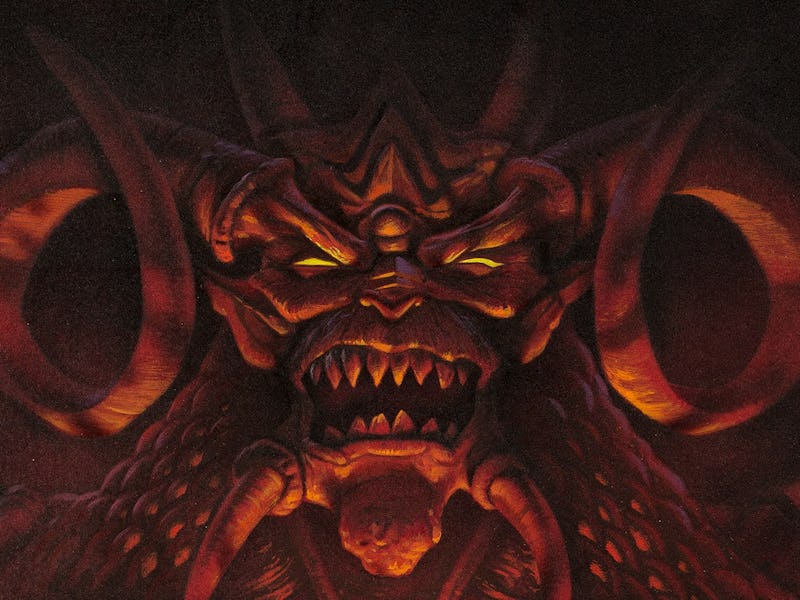Diablo Is Still One Of The Most Atmospheric RPGs Ever On Xbox Game Pass
An undisputed PC classic comes to Game Pass.

It can be hard to go backwards in gaming. Technological progress and changes in design philosophies come so quickly that moving back to earlier entries in a series after playing a newer game can feel bewildering, disappointing, or downright difficult. That’s not always the case, of course, and one example of why it’s worth shedding your modern expectations to play the classics is now available on Xbox Game Pass.
It’s hard to overstate the influence of Diablo. When the isometric dungeon crawler launched in January 1997, it was an immediate smash hit, and went on to sell one million copies before the end of the year. Critics also adored the game, and nearly every review from its launch is glowing. Diablo still regularly shows up on lists of the best games of all time, and it (or at least the Diablo series) is the de facto comparison point for every other game in the action RPG genre it helped to spawn.
Diablo set the standard for an entire RPG genre.
Still, going from a game like Diablo 4 back to the original Diablo can be jarring. While the series has become a frantically paced carnival of exploding demons, its beginnings were much more subdued. From the start, Diablo has been about slaying hordes of countless monsters and collecting the loot that drops, somehow, from their mangled bodies. But where the most recent entries have streamlined the process of clearing dungeons, turning your character into essentially a sentient blender for demons to throw themselves at, the first Diablo feels slower — and far more frightening — by comparison.
I couldn’t possibly tell you how much time I spent playing Diablo as a kid, but I do know it’s one of the games that kept me the most enthralled, alongside Oddworld and the first two Warcraft games. What I remember most of Diablo isn’t any particular encounter or enemy (its dungeons were randomized after all), but the town of Tristram. While the church at the edge of town included a dungeon leading straight to Hell, it's the ramshackle village above that left the biggest impression on me. Even with its decidedly lo-fi appearance, the dark, depressing atmosphere of Tristram stands out from everything else I’d played at the time.
The town of Tristram still feels special, even with its limitations.
And along with Warcraft II, it was also one of my first forays into playing online. With online multiplayer in its infancy, Diablo was a fairly lawless realm. Cheating abounded and getting jumped by impossibly powerful player characters was just an expected part of the experience, but so was teaming up with friendlier allies to take on the horrors beneath the cathedral — and maybe learning how to pull off a helpful item duplication glitch from them in the process to help level the playing field.
Diablo feels like a much different experience today. Playing with strangers online isn’t the novelty it used to be, and the action RPG genre is so flooded with competition that there’s probably not much in Diablo you haven’t seen before. The demon-infested pit you spend most of the game in doesn’t feel quite so horrifying anymore, and the action is certainly less thrilling than what’s in the countless games Diablo inspired.
But there’s still something special about Diablo. With a fraction of the complexity of Diablo 4, Diablo is a considerably simpler affair, and its threadbare story doesn’t offer much on top of the game’s demon-slaying fundamentals. Still, more than 20 years later, Diablo’s gothic atmosphere feels totally unmatched. Where Diablo 4 opts for in-your-face horror and carnage, Diablo has a subtler sense of creeping dread suffusing its doomed setting. Diablo won’t blow your mind today like it did to mine when it first launched, but it’s impossible to boot it up without experiencing some of the same sense of otherworldly horror that cemented its place as a classic and launched one of the most well-known series in all of gaming.